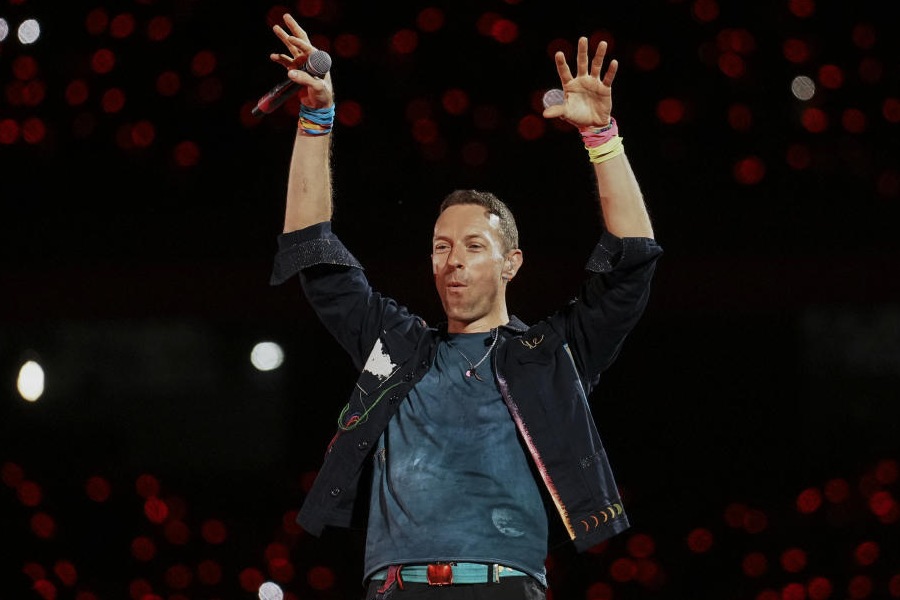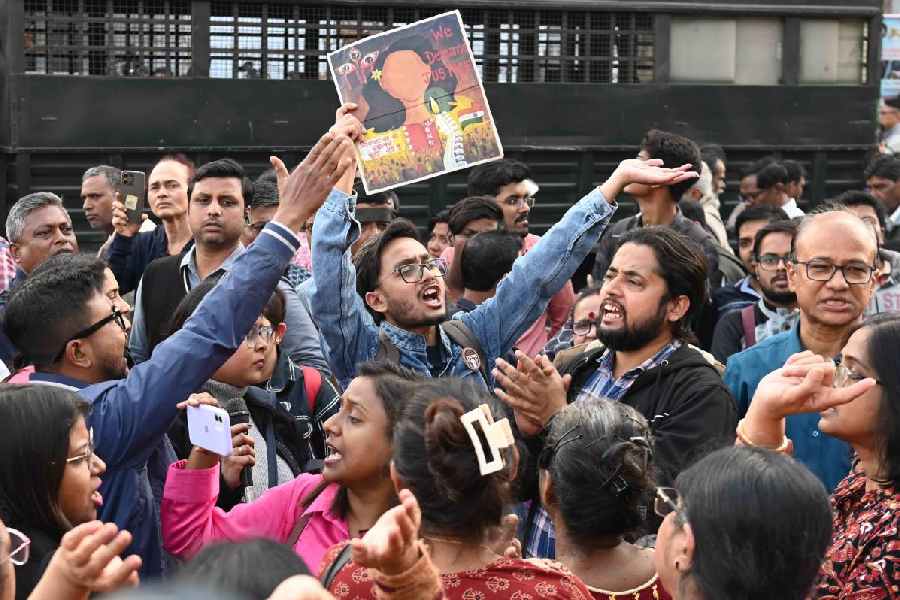The power to restrain is addictive. Against a culture in which bail is rare, the Supreme Court stated, as many times earlier, the priority that bail should be given and its connection to the constitutional right to life and liberty. The Supreme Court reportedly said that lower or trial courts were liberty’s guardian angels: any conscious failure on their part in their task was an affront to liberty. The implicit admonition underlined a positive approach to bail and the suggestion that the right to liberty was not always fully understood. Some of the highest court’s directions on bail referred to existent provisions of the Criminal Procedure Code. Compliance would reduce the number of undertrial prisoners, apart from serving justice. Courts would have to ensure that the police followed CrPC provisions that disallowed unnecessary arrests — with the conditions attached — and made mandatory prior notice to enable the person under investigation to cooperate. Non-compliance would entitle the accused to bail. High courts must identify undertrial prisoners who failed to meet bail conditions. If they had been incarcerated for half the period of the sentence they would have faced upon conviction, arrangements should be made for their release. This, too, referred to an existent provision of the CrPC. Simply following these provisions may have made strictures unnecessary.
The strongest instruction of the Supreme Court was that all bail applications should be decided within two weeks. That would be an enormous relief for people. But, as the highest court pointed out, a colonial attitude underlay the desire to arrest unnecessarily and to restrain indefinitely. In a resonant comment, the court reportedly also mentioned that a democracy and a police state were conceptually different. Yet reports show that arrests under the law against sedition rose by 160 per cent between 2016 and 2019. The Supreme Court noted that two-thirds of those detained were undertrial prisoners, most of whom were underprivileged. This suggested that their socio-economic capacities were limited. This could have formed part of the context for its suggestion for a separate legislation on bail. The British law on bail, for example, aims at reducing the number of prison inmates and offers legal aid for the accused. Taken together, just these steps to bail reform could begin to clear up the burdens of the courts.











